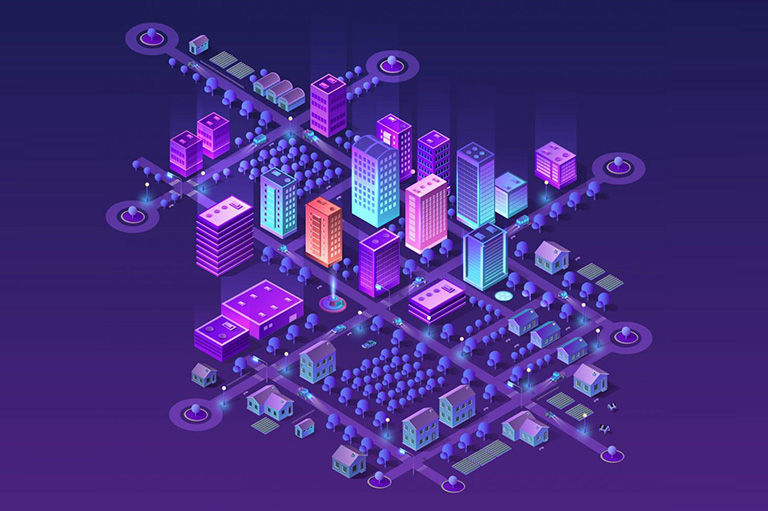Narender Yadav / March 11, 2019

As CIOs struggle with the challenge of keeping systems current while devising strategies to incorporate cloud, microservices, analytics, and other disruptive technologies, how is your systems architecture holding up?
Since the path to modernization begins with automating routine tasks and upgrading the technology stack, to keep up with the times, organizations are compelled to overhaul their systems architecture landscapes embrace a “cloud first” mindset. These steps, taken individually or as part of larger transformation initiatives, have become an indispensable part of trends that some see as inevitable. Standardization of systems architecture and the adoption of a flexible architecture model has become necessary to drive efficiency, reduce hardware costs, and support speed, flexibility, and scalability.
In most organizations, systems architecture is much older than the tech talent maintaining it. Sure, this legacy landscape might seem to be working on a day-to-day basis. But in an era of rapid innovation, where new technology is constantly fueling disruption and new opportunities, architectural immaturity is becoming a persistent challenge. In fact, it is directly linked to many common business problems. Extreme customization, architectural complexity, security loopholes, insufficient scalability, and technical debt throughout the IT environment are impacting the bottom line. With simplifying IT infrastructure becoming a top business priority, here’s how systems architecture is changing in today’s modern tech world:
The move towards the cloud provides architects with the flexibility to adjust, scale, and innovate their systems architecture, and support services that are more dynamic and adaptable. Moving traditional systems workloads from on-premises stacks to the cloud can enable organizations to leverage many more resources on-demand – at a fraction of the cost. By only using services or resources when needed, architects can develop, run, and manage applications – without the need to build and maintain costly infrastructure that the systems development processes typically require.
Since containers break down rigid, monolithic, interdependent systems architecture into more manageable, largely-independent fragments, it is truly changing the face of systems architecture. Each container encompasses an entire runtime environment — namely an application along with its dependencies, libraries, and configuration files. These are all virtualized and bundled into one single package. This allows architects to keep all the required components packaged together for quick and portable deployment.
The use case of blockchain in systems programming is exceptionally transformative. By allowing architects to store, verify, and execute code through smart contracts, blockchain is replacing the traditional processing, storage, and computing elements of the systems stack. Using blockchain, architects can build the foundation of better code with better security. Through a wide choice of enterprise-friendly programming languages, they can develop smart contracts, and leverage an infinite number of more secure coding elements as compared to conventional programming. This could soon become the norm in systems development.
The emergence of microservices has given rise to a fundamentally different approach to systems architecture design. Core components are no longer interdependent and monolithic. They are loosely coupled. Now architects can make upgrades and changes – quickly and easily. Architects no longer need to spend months in regression testing and coordination. The services can be easily composed and tweaked to suit the need.
The increased interest in Machine Learning is bringing about a transformation in the systems architecture space. Today, many CIOs are assessing the capacity of current systems to meet future needs, and looking at technologies that can lower costs and increase capabilities. They are deploying Machine Learning to modernize and revitalize their core systems – not just to get more value but to make the entire architecture more agile, intuitive, and responsive.
Constantly evolve
The business world is becoming increasingly more reliant on technology. As the demands from systems programs increase, it is more important than ever for organizations to evolve their monolithic systems architecture to models that are highly efficient, flexible, and agile. Although the modernization journey might seem long and complex, in the end, it is necessary. In a cloud-first era, systems architecture is changing: containerization, microservices, blockchain, and machine learning are driving systems architecture forward. When implemented correctly, these technologies can move systems architecture from a traditional and rigid structure to a highly flexible and scalable instance that truly meets the demands of today and tomorrow.





atikmdag patcher isn't just another tool - it's a game-changer for AMD GPU users. Dive into an optimized visual experience free from pixel-related hiccups.